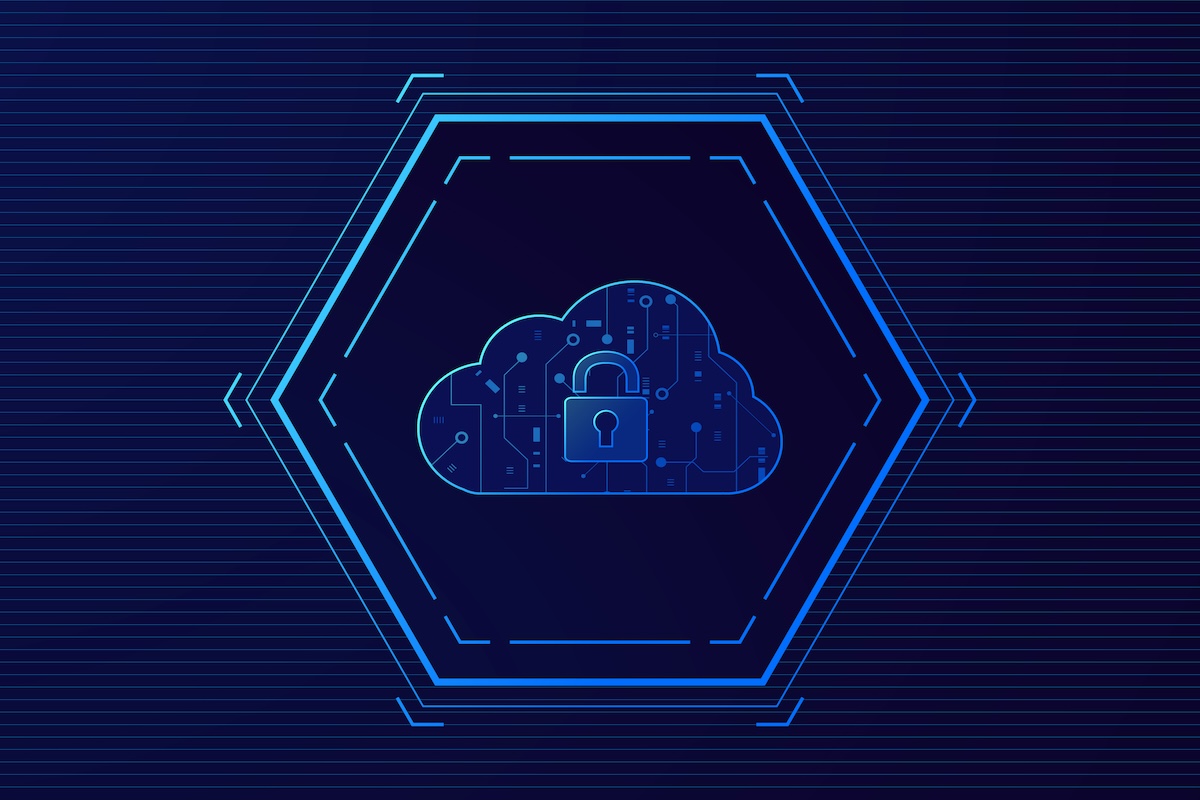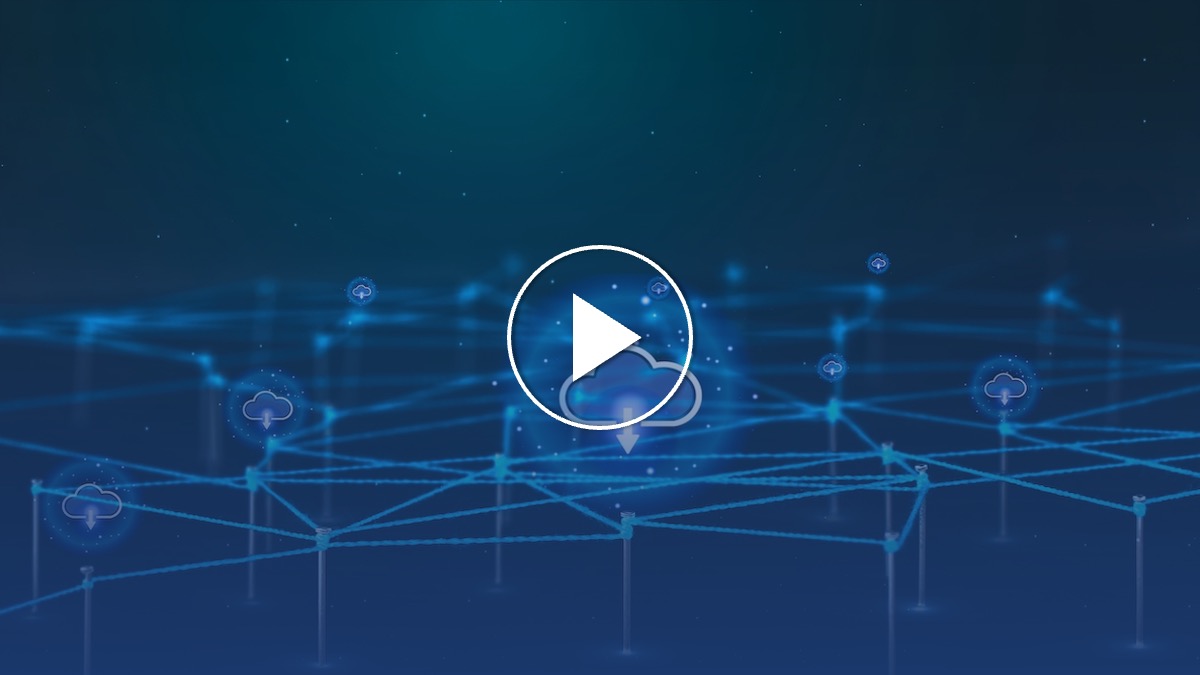DaaS: Desktop Virtualization
The third party cloud provider manages all back-end resources, such as desktop storage, compute, and networking, including the virtual cloud machines that run the desktop operating systems.
The desktop as a service provider streams the virtual desktops to end-user devices, allowing any time, anywhere access to desktops and applications. DaaS is a multi-tenancy provider, and, like most cloud service offerings, subscription-based. Organizations can also deploy a desktop infrastructure in a private cloud in a local datacenter.
The provider provides back-end management for small businesses that find it too expensive (in terms of cost or resources) to create their own virtual desktop infrastructure. This management usually includes maintenance, backups, upgrades and data storage. Cloud service providers can also take over the security and applications of the desktop, or individual users can take over these aspects. Two types of desktops are available in DaaS offerings: persistent and non-persistent.
The benefits
The benefits of using this solution are diverse. They range from device cost savings (DaaS desktops require significantly less processing capacity than traditional desktop machines), to greater flexibility for device use (DaaS desktops can be followed on different operating systems) to enhanced security (data is not stored locally). In a previous article we showed the main differences between IaaS, PaaS and SaaS in cloud computing.



